American International Pictures LLC is an American film production company owned by Amazon MGM Studios. In its original operating period, AIP was an independent film production and distribution company known for producing and releasing films from 1955 until 1980, a year after its acquisition by Filmways in 1979.

The beach party film is an American film genre of feature films which were produced and released between 1963 and 1968, created by American International Pictures (AIP), beginning with their surprise hit, Beach Party, in July 1963. With this film, AIP is credited with creating the genre. In addition to the AIP films, several contributions to the genre were produced and released by major and independent studios alike. According to various sources, the genre comprises over 30 films, with the lower-budget AIP films being the most profitable.
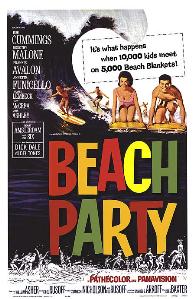
Beach Party is a 1963 American film and the first of seven beach party films from American International Pictures (AIP) aimed at a teen audience. This film is often credited with creating the beach party film genre.

Ghost in the Invisible Bikini is a 1966 American fantasy comedy film. It is the seventh and last of American International Pictures' beach party films. The film features the cast cavorting in and around a haunted house and the adjacent swimming pool.
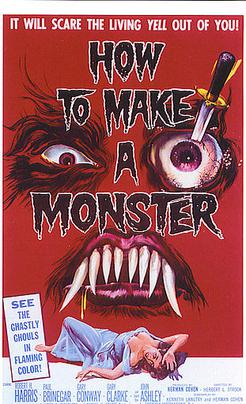
How to Make a Monster is a 1958 American horror film drama that is notable for its inclusion of props and studios that created actual sci-fi horror movies.

Dr. Goldfoot and the Girl Bombs is a 1966 Eurospy comedy film, made in Technicolor and directed by Mario Bava. Serving as a sequel to two unrelated films, Dr. Goldfoot and the Bikini Machine and Two Mafiosi Against Goldginger, the film stars Vincent Price, Fabian, Francesco Mulé, Laura Antonelli, and the Italian comic duo Franco and Ciccio.
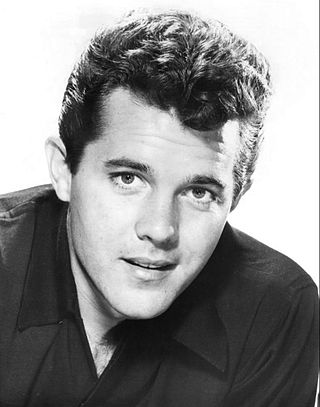
John Ashley was an American actor, producer and singer. He was best known for his work as an actor in films for American International Pictures, producing and acting in horror films shot in the Philippines, and for producing various television series, including The A-Team.
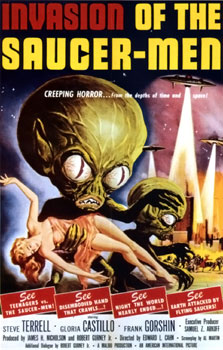
Invasion of the Saucer Men, is a 1957 black-and-white comic science fiction/comedy horror film produced by James H. Nicholson for release by American International Pictures. The film was directed by Edward L. Cahn and stars Stephen Terrell, Gloria Castillo, Raymond Hatton and Frank Gorshin.

Day the World Ended is a 1955 independently made black-and-white post-apocalyptic science fiction film, produced and directed by Roger Corman, that stars Richard Denning, Lori Nelson, Adele Jergens, Paul Birch (actor) and Mike Connors. Chet Huntley of NBC, later of The Huntley-Brinkley Report, served as the film's narrator. It was released by American Releasing Corporation as a double feature with The Phantom from 10,000 Leagues.
Alex Gordon was a British film producer and screenwriter.
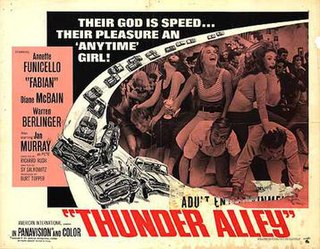
Thunder Alley is a 1967 film about auto racing directed by Richard Rush and starring Annette Funicello and Fabian Forte. It was released by American International Pictures.

Suicide Battalion is a 1958 World War II film directed by Edward L. Cahn and starring Mike Connors and John Ashley, who made the film while on leave from the United States Army. In 1968, it was remade for television by Larry Buchanan as Hell Raiders, which was the film's original working title.
Lou Rusoff was a Canadian-born screenwriter and producer best known for his work with American International Pictures.

Cat Girl is a 1957 British horror film directed by Alfred Shaughnessy and starring Barbara Shelley, Robert Ayres, and Kay Callard. It was produced by Herbert Smith and Lou Rusoff. The film was an unofficial remake of Val Lewton's Cat People (1942). In the United States American International Pictures released Cat Girl on a double bill with The Amazing Colossal Man (1957).
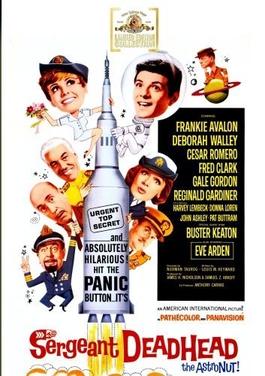
Sergeant Deadhead is a 1965 American musical comedy film directed by Norman Taurog and starring Frankie Avalon. It features many cast members who appeared in the Beach Party movies.

Motorcycle Gang is a 1957 film which is a semi-remake of Dragstrip Girl. It was released by American International Pictures as a double feature with Sorority Girl.

Hot Rod Gang is a 1958 drama film directed by Lew Landers and starring John Ashley. The working title was Hot Rod Rock with the film also released under the title Fury Unleashed. American International Pictures released the film as a double feature with High School Hellcats. The production includes performances by rock and roll musician Gene Vincent, and was the final theatrical feature directed by the incredibly prolific Landers, whose career dated to the mid-1930s.
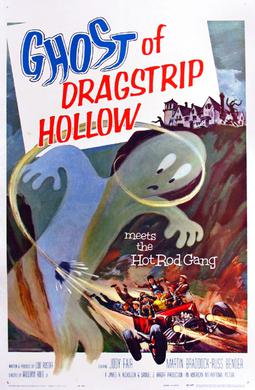
Ghost of Dragstrip Hollow is a 1959 AIP horror comedy film. It was a sequel to their film Hot Rod Gang. American International Pictures released the film in July 1959 as a double feature with Diary of a High School Bride.

Paul Blaisdell was an American painter, sculptor and visual effects creator, best remembered for his work in science fiction and horror B movies of the 1950s.

Dragstrip Riot is a 1958 US teen-oriented sportscar club and motorcycle gang film produced by O'Dale Ireland and directed by David Bradley. It stars Yvonne Lime, Gary Clarke, Fay Wray and Connie Stevens. Set in coastal California, the film centres on a false accusation that a sportscar club member is responsible for the death of a member of a motorcycle gang and the gang's attempts to take revenge. Dragstrip Riot was released in the US by American International Pictures as a double feature with The Cool and the Crazy (1958), and distributed in Canada by Astral Films and in the UK by Anglo Amalgamated.

















